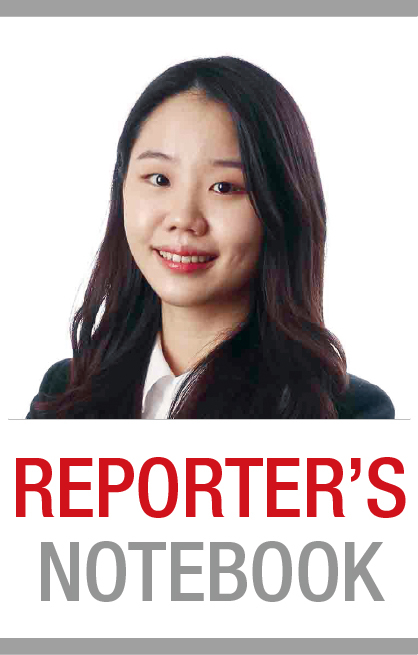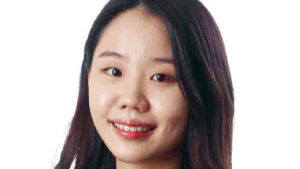
Expo 2025 in Osaka, Japan, officially opened on April 13. As part of the international media, I had the opportunity to get an early look at several national pavilions on April 9.
While many countries were still busy fine-tuning the details of their exhibits, South Korea’s pavilion stood out for its preparedness. As local media proudly reported, it was one of the few that met the official deadline and appeared fully ready to welcome visitors.
According to local reports, only eight of the 47 countries that committed to constructing their own pavilions had been certified as complete by the end of March. South Korea was praised as a ‘model student,’ the reports said.
But after seeing what the country had put together, I couldn’t help but wonder: Was South Korea’s punctuality truly a mark of success — or simply the outcome of limited ambition? Did it try hard enough to envision what Korea might look like 20 years from now, “with hearts,” as the invitation ambitiously promises?
The structure itself was too plain. While the enormous digital façade installed at the entrance was visually prominent, the overall architecture lacked the creative flair seen in other national exhibits.
Many pavilions embraced bold, imaginative designs to capture visitors’ attention, a critical feature according to Shirin Frangoul-Brückner, founder of German architecture firm Atelier Brückner. At World Expos, she noted, “pavilions have roughly two minutes to capture a visitor’s eye.”
Even compared to Korea’s own dazzling display at Expo 2020 Dubai, which featured 1,597 rotating cubes symbolizing the vibrancy of Korean culture, the Osaka pavilion seemed to lack ambition.
Inside, the experience was mixed. The first exhibition hall lived up to expectations. Visitors could immerse themselves in beams of light moving both vertically and horizontally, intersecting with their bodies, while pre-recorded voices filled the space, creating a uniquely interactive atmosphere rarely seen in other pavilions.
However, the second and third halls were disappointing.
The second hall, titled “With the Restoration of Life in a Dilapidated City,” featured sculptures molded from plastic to resemble concrete — but the quality was underwhelming.
Furthermore, while countries such as Germany, France, Singapore and Uzbekistan emphasized sustainability with plans to reuse or relocate materials after the Expo, Korea’s pavilion confirmed that its structure and exhibits would be dismantled and discarded after the event concludes in October.
The final section showcased a three-sided video installation depicting Korea in 2040. Though it included K-pop elements, the visuals lacked the polish typically seen in music videos created by local entertainment powerhouses.
Partnering with leading entertainment companies could have elevated the exhibit and better represented Korea’s cultural strengths.
By contrast, the French Pavilion collaborated with its luxury brands such as Louis Vuitton, Dior and Celine, producing an installation that reflected both the national soft power of France and high artistic value.
South Korea’s Minister of Trade, Industry and Energy Cheong In-kyo said during a press conference on the Korean pavilion, “We will leverage the growing global interest in Hallyu (the Korean Wave) and enhance Korea’s national brand through the Korea Pavilion and a range of side events.”
Yet what Korea presents at Osaka feels lackluster, especially considering that Hallyu — the global popularity of Korean content that the minister mentioned himself — continues to captivate audiences and dominate cultural exports worldwide.
One might even ask whether this apparent lack of ambition is, in part, a quiet echo of Seoul’s bruising failure to win the bid for the 2030 World Expo in Busan in late 2023, a defeat in securing the very same designation as Osaka’s event — a Registered Expo approved by the Bureau International des Expositions.
A true “model student” at global events like the World Expo doesn’t just meet deadlines. After all, what the world remembers are not the opening dates — but the bold ideas that shape the future.
ssh@heraldcorp.com


AloJapan.com